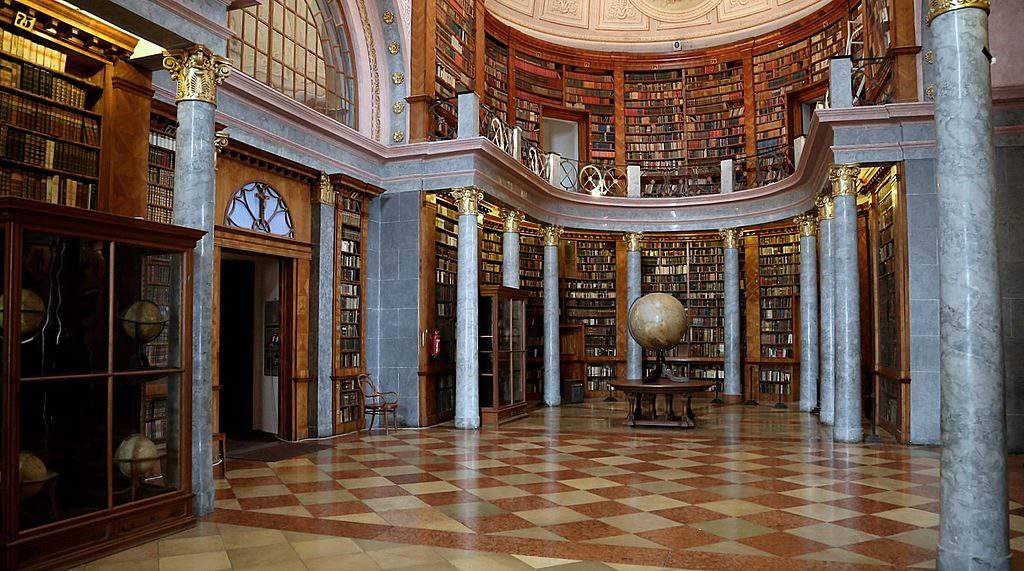Get to know the millennial Hungarian abbey Pannonhalma

The Benedictine Abbey of Pannonhalma has been standing on top of the Saint Martin Hill for more than a thousand years. It is one of the oldest historical monuments in Hungary and a must-visit destination for those who want to be part of something special, learn about the Benedictine values, or just admire the beautiful environment.
According to turista-szalami.blog.hu, the Benedictine Abbey of Pannonhalma stands on top of the Saint Martin hill. Legend has it that the saint used to pray on the hill every day when he was young. After his death, the hill became a cultic spot, which played an important role in Géza, Grand Prince of the Hungarians’ choice, who settled the Benedictine monks and founded a monastery for them there in 996.

The hill can be found in the Little Hungarian Plain, close to Győr. This is why Pannonhalma was called Győrszentmárton (Győr Saint Martin) until 1965.
The Benedictines
So the first Benedictine monks arrived at the invitation of Géza, Grand Prince of the Hungarians, and their task was to spread Christianity among Hungarians. Due to the death of Géza, the construction of the monastery was finished by his son, King Stephen, who was also the one to hand over the foundation charter in 1002.

The Benedictines are a so called working order, so they traditionally make a living by their own activities. For instance, they grow herbs and teach. The Benedictine High School, founded in 1950, is one of the best high schools in Hungary.
The abbey has an incredible library, where thousands of scientific works and documents are kept. It is the first and oldest library in Hungary, which was founded in 1820, and is currently the home of more than 400 thousand books. These include scientific documents, religious writings, herbal recipes, personal memoirs. And there’s also a 200-years-old globe, which is a beloved photo topic.

The library is also where the foundation charter of the other great Benedictine centre, the Abbey of Tihany is kept. Such a document has to be kept in special conditions, which are not given in Tihany. What’s so special about the foundation charter is that it includes the oldest written Hungarian words.
The basilica
The basilica’s inner space was reconstructed in 2012. As you enter, it feels puritan, simple and modern at the same time. It was designed by an English minimalist designer, John Pawson, who followed the requests of the Benedictines. The monks asked him to return to the original direction that was set a thousand years ago.

The original church was built as a monastic church, but this fell into oblivion during the centuries and the several reconstructions. This is why after the reconstruction of 1870, the church resembled a real basilica with a pulpit, frescos and benches that could fit hundreds of people. But these are unnecessary elements at the intimate liturgies of a monastic community. Therefore in 2012, all frills were eliminated.
Part of the World Heritage
In 1996, on the 1000th anniversary of its foundation, the Benedictine Abbey of Pannonhalma became part of the UNESCO World Heritage, and Pope John Paul II visited the monastery. Besides the abbey and the church, the calvary, the burial chapel and the millennial monument also became part of the World Heritage.

These are all worth visiting along with the winery, herb garden, botanical garden and the Viator restaurant. The Viator restaurant takes us back to the beginning, to Saint Martin, because he loved to travel, so people called him Homo Viator (travelling man).
Featured image: Wiki Commons By Civertan Grafikai Stúdió
Ce: bm
Source: http://turista-szalami.blog.hu/

